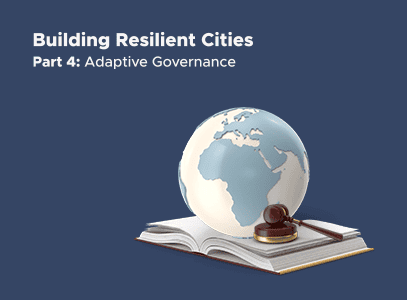Kilwa Kisiwani, located on the southern coast of modern-day Tanzania, is a prime example of how city-states in Africa developed and became wealthy while maintaining autonomous rule. These city-states built connections to the rest of the world while maintaining cultural, political, and economic connections with each other. Kilwa was not a lone city-state on the East African coast; there were a number of other city-states on the Indian Ocean including Lamu, Mafia, and Zanzibar. These city-states formed the Swahili civilization and controlled the East African coast from the 9th century through the 17th and 18th centuries.
Those East African city-states started off as fishing and agriculture communities. However, once agriculture created a surplus for trading, the villages became wealthier and expanded into towns and cities. The city-states enjoyed a certain degree of autonomy, each with their own ruler (sultan) and complete control over the commercial activities within their territories. The city-states controlled the trade between the interior of Africa and the Indian Ocean while also trading with Persia, India, China, and the Arabian Peninsula. The East African city-states were in constant competition with each other over trade, and literature suggests that each city-state had its own set of dedicated traders.

It was inevitable for a unique culture to be formed on the east coast of Africa because of the constant trade and interaction with many other countries. The immigration of many merchants from the Arabian Peninsula and Persia to those city-states, and the cultural harmonization between the indigenous communities and the immigrants, created the unique Swahili culture and language. By 1930, most of those city-states had adopted Islam as well. While the Swahili city-states were close in culture and distance, a homogenous Swahili kingdom was never formed and the city-states maintained their relative autonomy, though at times a single sultan would control more than one city state.
Kilwa was one of the bigger and most prosperous city-states on the east coast of Africa in the 12th century. Kilwa was established as an independent city-state with its own political and economic rules. It had its own sultan and royal family, as well as a number of religious, political, and military officials. The set of rules that governed the island were inspired by Islam, the main religion on the island at that time. The culture in Kilwa, like most East African city-states, was cosmopolitan. The people spoke Swahili, practiced Islam, and interacted with Arabs and Persians to create a unique culture for the region.
Kilwa was shaped over time by its heavy reliance on the Indian Ocean trade as its main economic engine. Kilwa traders dealt in ivory, gold, and even slaves, while importing glass, silk, and porcelain. The Sultans of Kilwa had expansionist ambitions to grow their influence over regional trade routes. Kilwa started gaining political control over other Swahili towns like Mvita (Mombasa), Zanzibar, and even across the Mozambique Channel in Madagascar. Kilwa also controlled gold mining in Zimbabwe, thus controlling the trade routes of the Indian Ocean and all the way up to the Red Sea, which only increased its power and wealth.
Kilwa’s wealth attracted the Portuguese to the city, who took control of the city-state after besieging the city in the 16th century. Consequently the Omani rulers of Zanzibar, as well as the French, took control of the Kilwa island. From that point on, Kilwa’s trade started shrinking and the city went into decline. In the 19th century, the city was left abandoned until it became part of the German East Africa Colony from 1886 until 1918.
Kilwa and other East-African city-states demonstrate the universality of the city-state as centers of trade and commerce. The power of pre-colonial Kilwa and its place as a commercial entrepot is still evident in the ruins left throughout the island today. Monuments to Kilwa’s cultural and political influence, like the Great Mosque of Kilwa and the Palace of Husuni Kubwa, still stand. The influence of Kilwa on the unique Swahili culture throughout the region remains clear.







